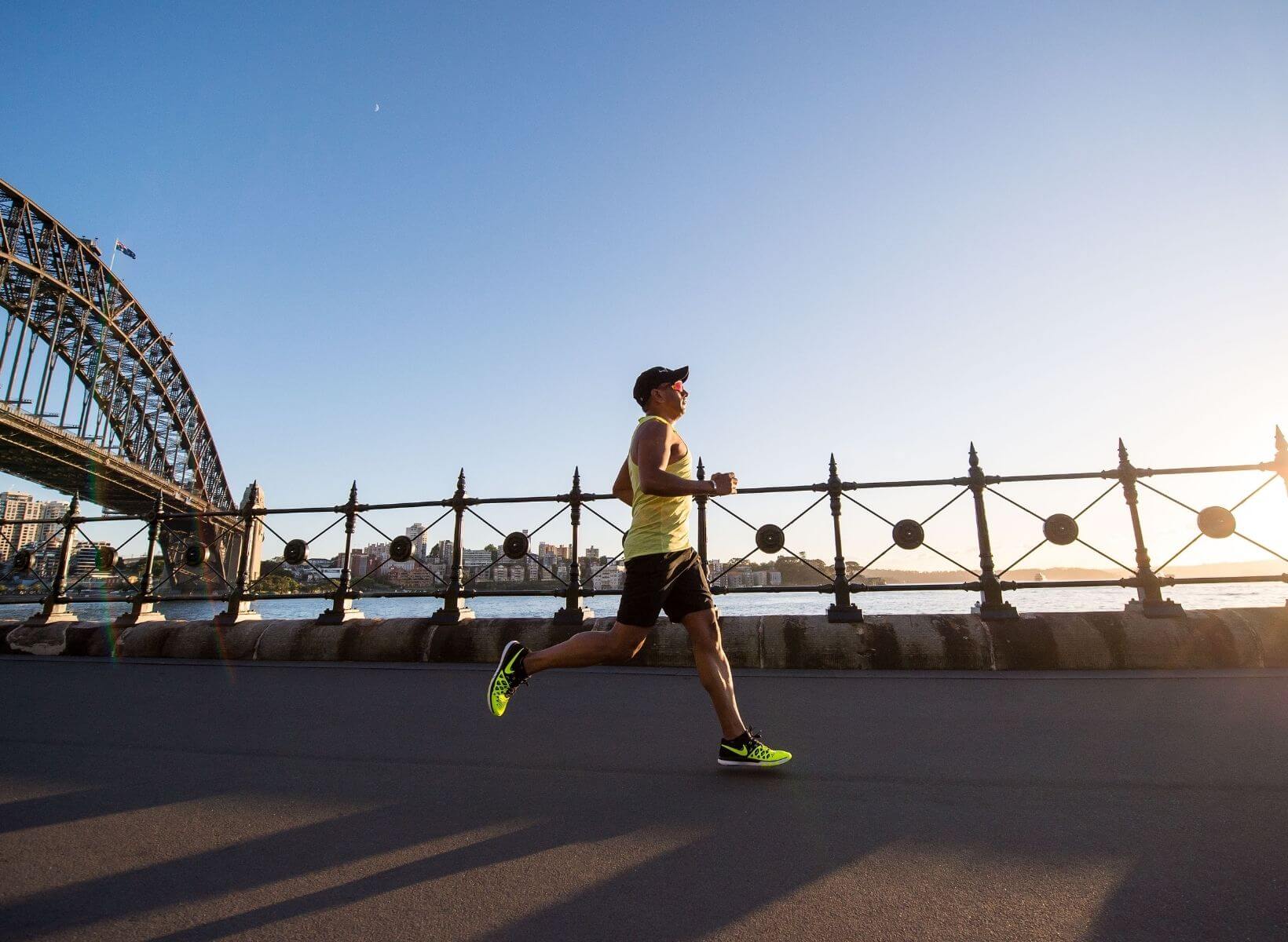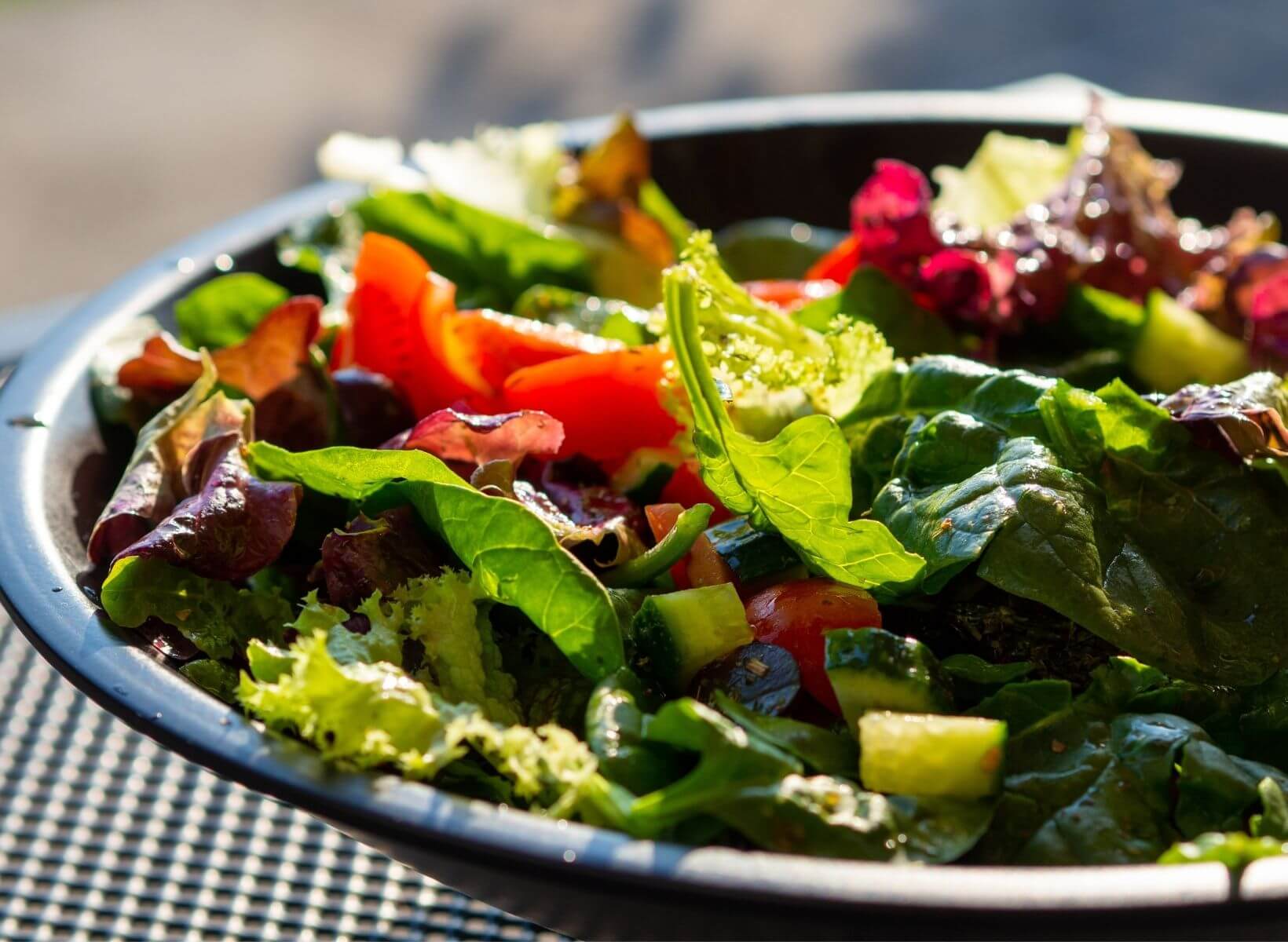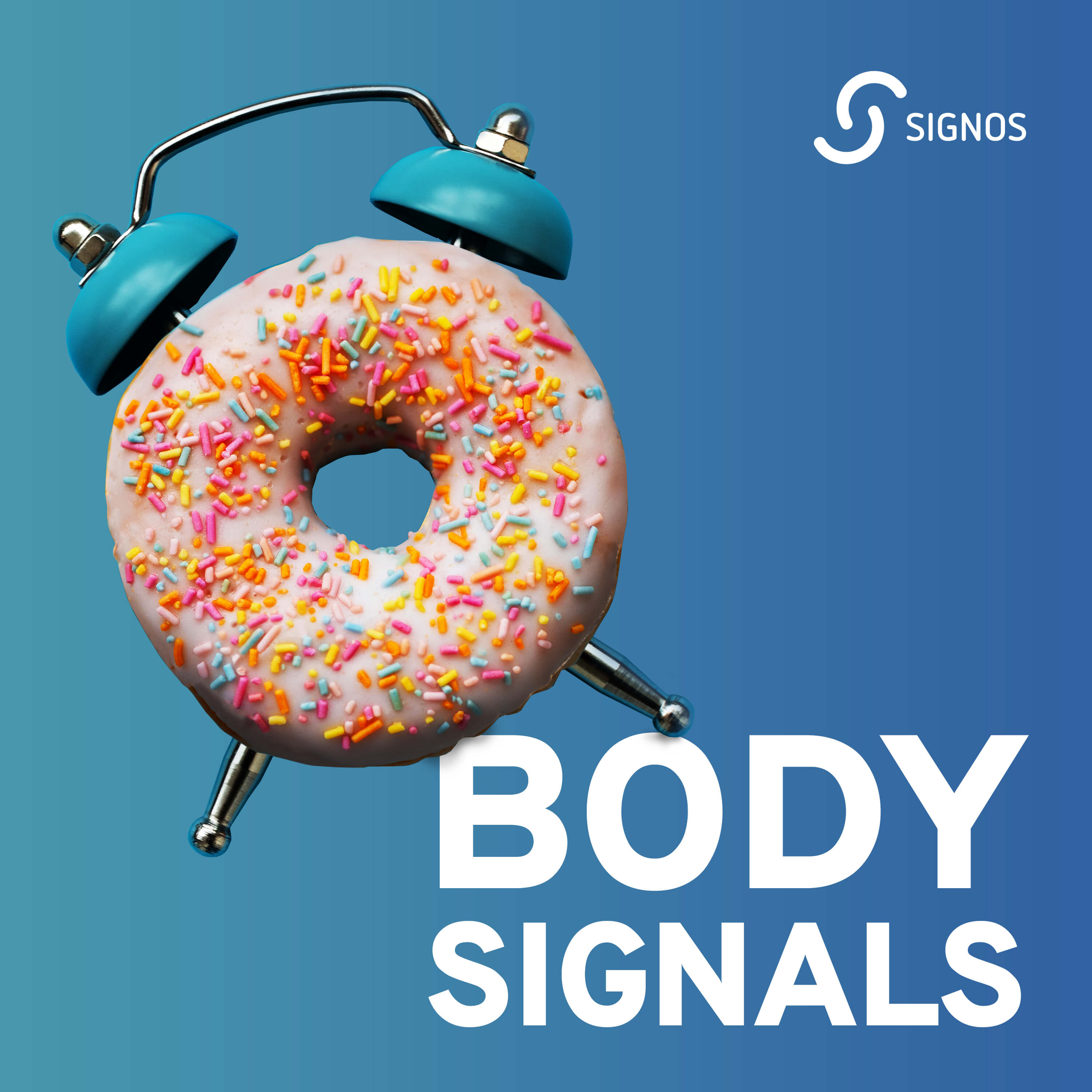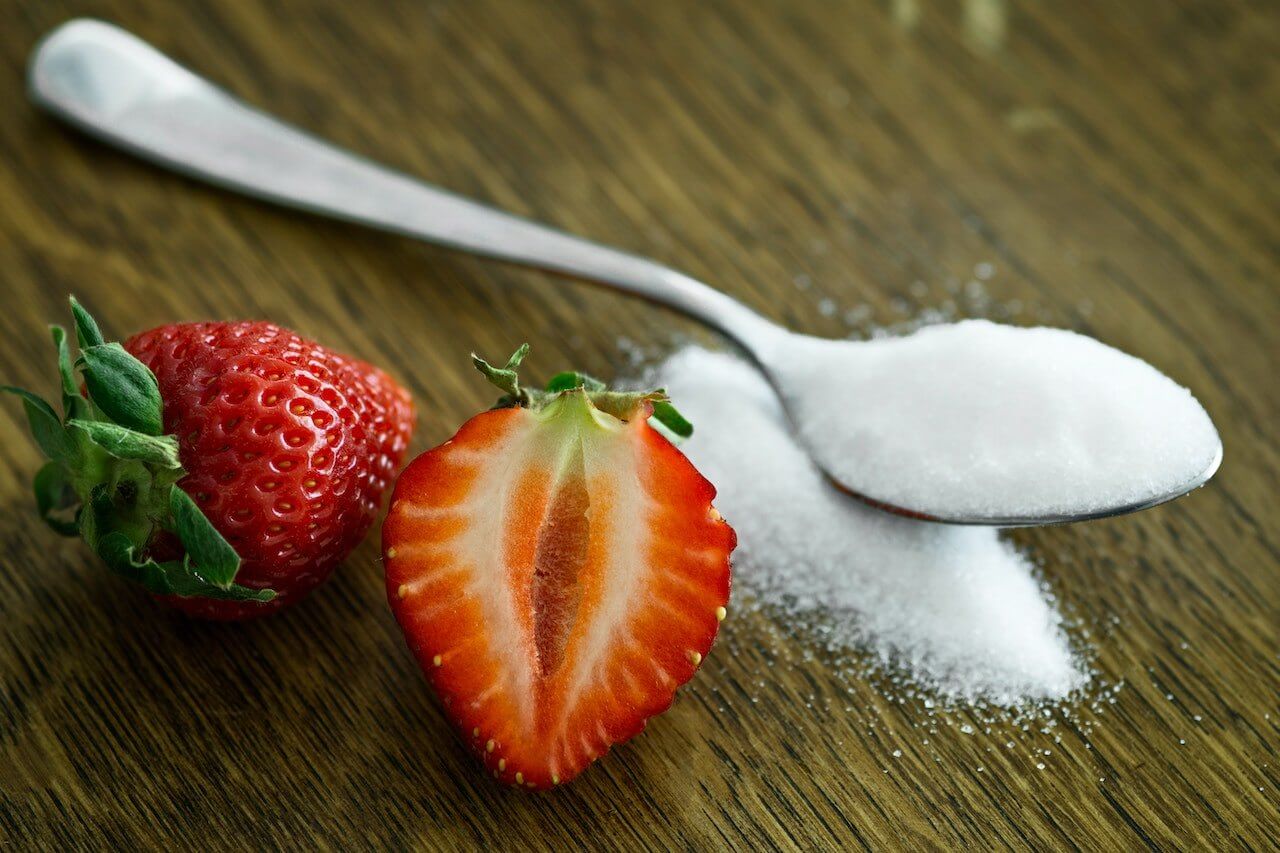There is a widespread myth in the health and fitness world that when you exercise, fat magically transforms into muscle. However, the truth about fat loss and muscle gain is much more complex. Fat and muscle are two distinct types of tissue, each with unique bodily functions and processes. Thinking fat cells suddenly transform into muscle cells is like asking an apple pie to become a peach cobbler simply by adding some peaches. At some point, you have to remove the apples. Understanding the truth behind fat loss and muscle gain is crucial for setting realistic fitness goals and achieving the body composition you’ve been working so hard to achieve.
In this article, we will debunk the myth that fat turns into muscle while exploring the scientific realities of how our bodies balance fat loss and muscle gain in favor of improving overall body composition. We will highlight the distinct mechanisms through which fat is burned and muscle is built while providing practical tips on effectively losing fat while gaining muscle. By providing the scientific facts, we want to help you create a more informed and effective approach to your fitness journey.
{{mid-cta}}
Replacing Fat With Muscle: The Truth Behind the Myth
People often believe that fat turns into muscle when trying to lose weight because of a misunderstanding of how exercise affects the body. When someone starts working out regularly, they usually experience fat loss and muscle gain simultaneously, leading to noticeable changes in their body composition. This can create the illusion that fat is being directly converted into muscle. Additionally, fitness marketing and simplified explanations can perpetuate this myth, making it seem straightforward. Fat and muscle are completely different tissues, and their adaptations during exercise occur through different physiological mechanisms.1
The process of fat loss involves creating a caloric deficit, where the body uses more energy than it consumes, leading to the breakdown of fat stores for fuel. This is achieved through a combination of cardiovascular and strength-building exercises and maintaining a balanced diet. On the other hand, muscle gain, or hypertrophy, occurs when muscles are subjected to resistance training, causing small tears in the muscle fibers. The body repairs these tears during rest, resulting in stronger and larger muscles. This process requires adequate protein intake and, often, a slight caloric surplus. Understanding these distinct processes is crucial for setting realistic fitness goals and achieving a balanced approach to health and fitness.
Muscle and Fat: Key Differences
Muscle and fat are fundamentally different types of tissues with distinct structures, functions, and roles in the human body. Muscle tissue is composed of protein fibers that can contract, enabling movement and providing strength. There are three types of muscle tissues: skeletal, cardiac, and smooth. Skeletal muscles attached to bones are responsible for voluntary movements and can be developed and strengthened through resistance training and physical activity. Muscle tissue also plays a crucial role in metabolism, as it burns calories even at rest, contributing to a higher basal metabolic rate.2
Fat or adipose tissue primarily serves as the body's energy storage. It is made up of adipocytes, which store energy in the form of triglycerides. Fat provides insulation and protection for vital organs and is essential for maintaining overall health. However, excessive fat storage, particularly visceral fat around internal organs, can lead to various health issues such as cardiovascular disease, diabetes, and metabolic syndrome. Unlike muscle, fat tissue does not contribute significantly to caloric expenditure. Instead, it acts as a reserve that the body can draw upon when energy intake is lower than energy expenditure.
Understanding these differences is crucial for effective weight management and fitness strategies. While building muscle and reducing fat both contribute to a healthier body composition, they require different approaches. Muscle gain involves resistance training and adequate protein and calorie intake, whereas fat loss is achieved through creating a calorie deficit, primarily through cardiovascular exercise and dietary adjustments. Recognizing that muscle and fat are distinct entities helps develop a balanced approach to health and wellness while reducing frustration during fitness endeavors.
How Does Fat Loss Work?
Fat loss happens primarily through the creation of a caloric deficit, where the body expends more calories than it consumes. When you consume fewer calories than your body needs for daily energy, it turns to stored fat as a fuel source. Metabolizing fat involves the breakdown of triglycerides, the main constituents of fat cells, into glycerol and free fatty acids. These components are then transported to the liver and muscles, where they are utilized to produce energy. Using fat for fuel is crucial for reducing unnecessary body fat and is typically achieved through a combination of dietary changes and increased physical activity.3
Exercise plays a significant role in fat loss by boosting the number of calories burned. Cardiovascular activities like running, cycling, and swimming are particularly effective at increasing caloric expenditure, especially when performed within the fat-burning heart rate zone. Additionally, resistance training helps build and maintain muscle mass, which can enhance the resting metabolic rate, meaning you burn more calories even when not actively exercising. A balanced approach combining cardiovascular and strength training activity and a diet promoting a caloric deficit is the most effective way to achieve sustainable fat loss.4, 3, 5
Dietary strategies for fat loss often include reducing the intake of high-calorie, low-nutrient foods and focusing on nutrient-dense options like vegetables, lean proteins, and whole grains. It’s important to ensure that the body receives adequate nutrition while in a caloric deficit to support overall health and muscle maintenance. Hydration and adequate sleep are also essential to a successful fat-loss plan, as they influence metabolic processes and overall well-being. By understanding and implementing these principles, individuals can achieve and maintain fat loss in a healthy and effective manner.
<div class="pro-tip"><strong>Learn More: </strong><a href=leg-exercises-at-home>22 Best Leg Exercises You Can Do at Home</a>.</div>
Can You Burn Body Fat When You Build Muscle?
%252520(1).webp)
Building muscle does not directly burn fat, but it contributes to overall fat loss in several important ways. You increase your lean muscle mass when you engage in resistance training to build muscle. Muscle tissue is metabolically active, requiring more energy (calories) to maintain than fat tissue. As a result, having more muscle increases your resting metabolic rate (RMR), the number of calories your body burns at rest. This means that even when you're not exercising, your body burns more calories throughout the day, contributing to a caloric deficit and ultimately leading to fat loss.
Additionally, building muscle involves workouts that burn calories, which can further help create a caloric deficit. High-intensity interval training (HIIT) and resistance exercises elevate your heart rate and increase energy expenditure during and after your workout through a phenomenon known as excess post-exercise oxygen consumption (EPOC). This means your body continues to burn calories at an elevated rate even after you’ve finished exercising, thus leading to an overall caloric deficit. See the pattern here?
To summarize, it is possible to burn fat and build muscle simultaneously. Achieving this body recomposition typically requires individuals to maintain a slight caloric deficit—eating fewer calories than your body burns—while ensuring enough protein intake to support muscle repair and growth. Despite the difficulty and challenges faced while attempting fat loss and muscle gain simultaneously, it is possible with a well-structured workout plan, mindful nutrition, and consistency. Individuals should tailor their approach to their goals, body types, and fitness levels for optimal results, allowing for gradual and sustainable progress.
Losing Fat and Building Muscle Effectively: What You Can Do
To lose fat and gain muscle effectively, it's essential to adopt a comprehensive approach that combines proper nutrition, strength training, and cardiovascular exercise. Start with a balanced diet with adequate protein, healthy fats, and complex carbohydrates. Protein is particularly important as it supports muscle repair and growth. Aim for high-quality sources like lean meats, fish, eggs, dairy, beans, and legumes. It is important to remember that while in a caloric deficit, to promote fat loss, you must ensure you consume enough calories to fuel your workouts and maintain energy levels. Eating smaller, frequent meals throughout the day can help keep your metabolism active and support muscle growth.
Strength training is crucial for building muscle, especially when using added resistance and heavier weights. Focus on compound movements like squats, deadlifts, bench presses, and rows, which work for multiple muscle groups and stimulate greater muscle growth. Train each major muscle group at least twice a week, progressively increasing the weight and intensity of your workouts to challenge your muscles continually. Incorporate free weights and machines to effectively target muscles and ensure a well-rounded routine. Remember to allow adequate recovery time between workouts, as muscles need time to repair and grow.
Cardiovascular exercise also plays a significant role in weight loss as it increases your overall caloric expenditure. Incorporate activities like running, cycling, or high-intensity interval training (HIIT) to burn calories and improve cardiovascular health. HIIT, in particular, is effective for fat loss as it involves short bursts of intense activity followed by rest periods, keeping your metabolism elevated even after the workout. Balancing cardiovascular exercise and strength training ensures you burn fat while preserving and building muscle mass. Combining these elements with consistency, patience, and a balanced diet will help you effectively achieve the dual goals of weight loss and muscle gain.6
6 Best Exercises to Lose Body Fat
When it comes to losing body fat, selecting the right exercises can significantly affect your results. Effective fat-burning exercises maximize caloric expenditure, boost metabolism, and enhance overall fitness. This section will delve into the best exercises for shedding body fat, highlighting both cardiovascular activities and strength training movements. By incorporating these exercises into your fitness regimen, you can create a comprehensive workout plan that promotes fat loss and improves muscle tone and cardiovascular health. Whether a beginner or an experienced athlete, these exercises will help you achieve your fat loss goals efficiently and sustainably.
- Burpees: A full-body exercise that combines cardio and strength training, burpees are excellent for burning calories and improving endurance. This exercise doesn’t require any additional equipment or for you to lift weights and can be done anywhere by anybody.
- Squats: This compound movement targets the lower body, building muscle in the legs and glutes while boosting resting metabolism.
- High Knees: A cardio-intensive exercise that elevates your heart rate quickly, high knees are great for burning fat and improving cardiovascular fitness. It is also a great exercise for those hoping to engage in running for added cardiovascular benefits.
- Bicycle Crunches: An effective core exercise that engages the abs and obliques, bicycle crunches help tone the abdominal area while contributing to overall fat loss.
- Running (or Jogging): A straightforward cardiovascular exercise that can be done anywhere, running is highly effective for burning calories and improving heart health.
- Deadlifts: This compound strength exercise works multiple muscle groups, including the back, legs, and core, promoting muscle growth and increasing metabolic rate.
Learn More About How to Improve Blood Sugar Health with Signos’ Expert Advice
If you have more questions on improving your health, fitness, and nutrition, seek the expert advice of the Signos continuous glucose monitor and Signos team. A continuous glucose monitor (CGM) can give you the insights to make smarter nutrition and exercise choices. The Signos app provides a unique, personalized program to help you lose body weight and reach your health goals. Take this quiz to see if Signos is a good fit for you and reach your goals faster than ever before.
<div class="pro-tip"><strong>Learn More: </strong><a href=foods-that-boost-your-immune-system>Top 8 Plank Benefits That Will Blow Your Mind</a>.</div>
- Item 1
- Item 2
- item 3
Topics discussed in this article:
References
- El-Zayat, S. R., Sibaii, H., & El-Shamy, K. A. (2019). Physiological process of fat loss. Bulletin of the National Research Centre, 43(1), 1-15.
- Kim, G., & Kim, J. H. (2020). Impact of skeletal muscle mass on metabolic health. Endocrinology and Metabolism, 35(1), 1-6.
- Rosenkilde, M., Auerbach, P., Reichkendler, M. H., Ploug, T., Stallknecht, B. M., & Sjödin, A. (2012). Body fat loss and compensatory mechanisms in response to different doses of aerobic exercise—a randomized controlled trial in overweight sedentary males. American Journal of Physiology-Regulatory, Integrative and Comparative Physiology.
- Borer, K. T. (2008). How effective is exercise in producing fat loss?. Kinesiology, 40(2).
- Carey, D. G. (2009). Quantifying differences in the “fat burning” zone and the aerobic zone: implications for training. The Journal of Strength & Conditioning Research, 23(7), 2090-2095.
- Kolnes, K. J., Petersen, M. H., Lien-Iversen, T., Højlund, K., & Jensen, J. (2021). Effect of exercise training on fat loss—Energetic perspectives and the role of improved adipose tissue function and body fat distribution. Frontiers in physiology, 12, 737709.

 (1).webp)






























